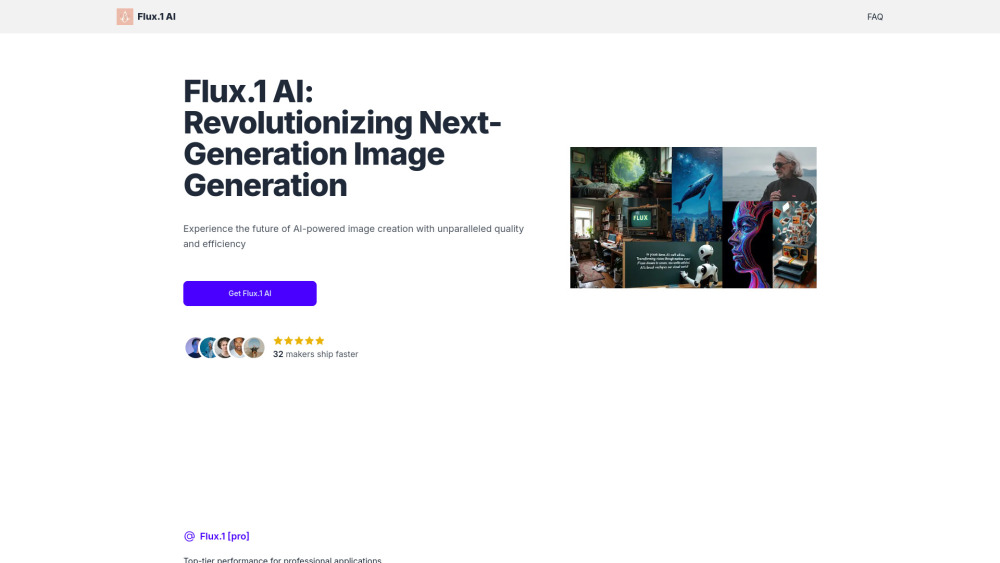EY Report Reveals Key Insights into the Global AI Regulatory Landscape
Most people like

Revolutionize Your Credit Approvals with Our AI-Powered Financial Solution
Unlock the future of credit approvals with our cutting-edge AI-driven financial solution. Designed to streamline the approval process, this innovative tool enhances efficiency, accuracy, and speed, ensuring that you make informed lending decisions swiftly. Experience the transformative power of artificial intelligence in finance, paving the way for faster and more reliable credit evaluations.

Welcome to our AI-driven affiliate marketing platform, where innovation meets opportunity. Our cutting-edge technology empowers businesses and marketers to optimize their affiliate strategies, driving sales and boosting engagement. By harnessing the power of artificial intelligence, we analyze data in real-time, enabling targeted campaigns that convert. Whether you're a seasoned marketer or new to affiliate marketing, our platform offers the tools and insights you need to maximize your success in the digital marketplace. Discover how our AI-driven solutions can transform your affiliate marketing efforts today!

Super Teacher provides unlimited private lessons in a wide range of subjects for children aged 3-8, delivering superior results compared to traditional private tutoring.

Explore the cutting-edge world of advanced AI technologies designed to generate stunning images from text. This innovative approach leverages powerful algorithms and deep learning techniques to transform written descriptions into vivid visual representations. Whether you're an artist, designer, or simply curious about the potential of AI, this comprehensive guide will illuminate the capabilities and applications of text-to-image generation, showcasing how it is revolutionizing creativity and content production.
Find AI tools in YBX

